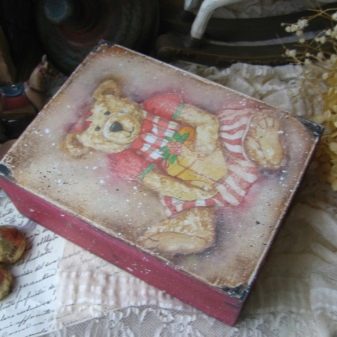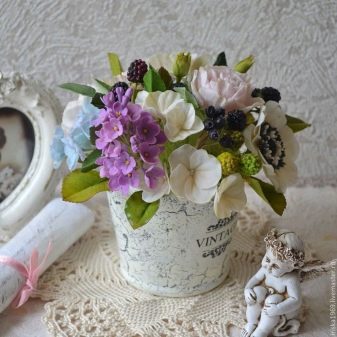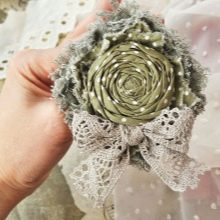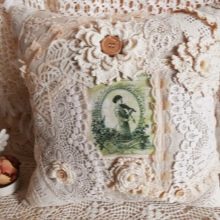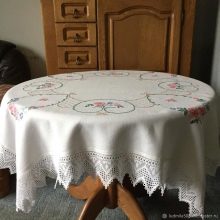Vintage
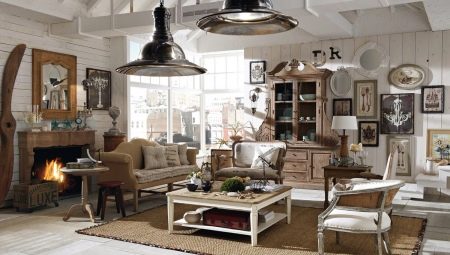
Today, the vintage style is becoming more and more popular both in fashion and in the interior. However, in order to "try" it on yourself, you first have to clarify what exactly it is.
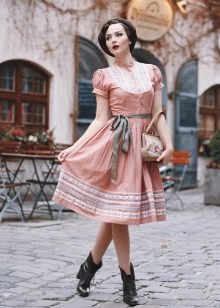
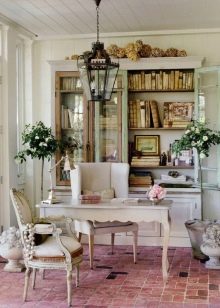
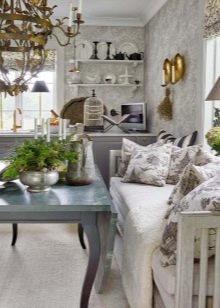
What it is?
In general, the word of French origin "vintage" means high quality types of wine of certain harvest years. For a while, this term had only one interpretation, but from about the 1950s it migrated into the fashion world. In the early years, vintage meant clothing that was approximately 30 years old and retained its presentable appearance. However, today the vintage style exists not only in the fashion world, but also in interior design, recalling classicism with retro and Provence elements, and even in creativity.
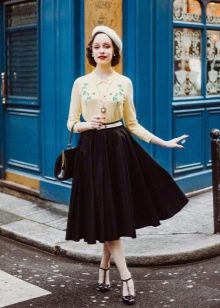
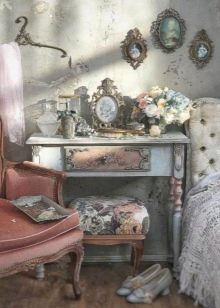
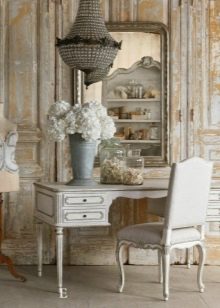
Vintage style in fashion
Vintage-style branded items are models that showcase the fashion of the last century, that is, the XX century. They are expensive and require a certain amount of skill to wear, combining outfits with the right shoes, accessories, hair and makeup. An authentic vintage can only be recognized at first glance by a specialist. It is customary to refer to such things as products manufactured in the 20-80s of the XX century and preserved in good condition to this day.although a general rule of thumb is that outfits, shoes, or accessories can be anywhere from 20-30 to 60-80 years old. Everything that is younger belongs to modern fashion, and everything that is older is considered antiques.
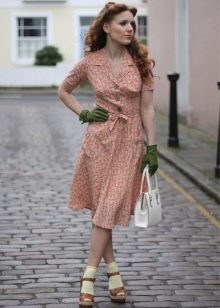
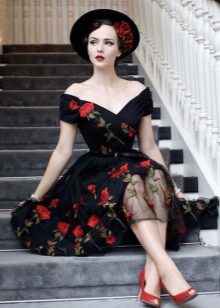
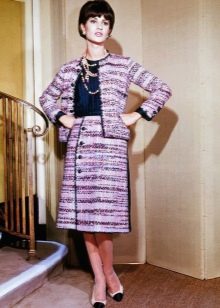
There is also a version that things created before the 60s of the XX century can be called vintage, and everything that appeared later must be attributed to retro. Of particular value are clothes made to order in a single copy by stylists of a particular era.
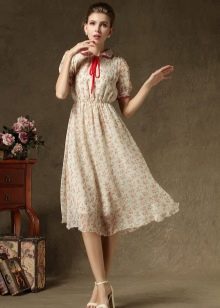
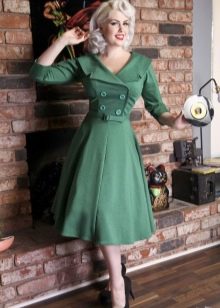

For a thing to be recognized as vintage, it must clearly reflect the style of a certain period and even be a "squeak" of fashion, so this direction cannot, for example, include a dress of an unknown brand brought from some fraternal socialist republic. Finally, vintage cannot be a cheap mass market: to be recognized as a “special” product, a product must be of high quality. What cannot be attributed to haute couture is referred to a broader concept - "retro".
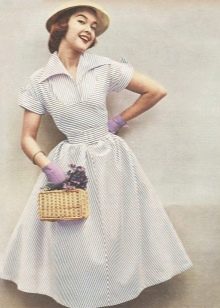
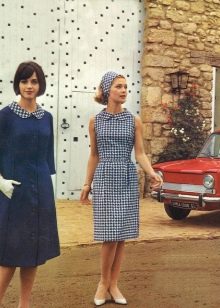
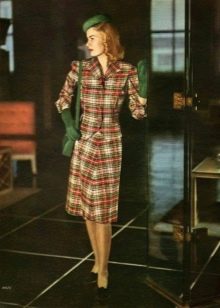
It is worth mentioning that in modern fashion it is customary to distinguish two directions of vintage: classic and neo-vintage. The first one presents samples of design collections of the past.
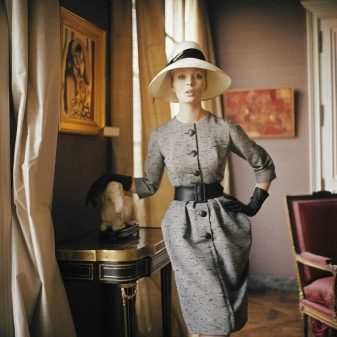
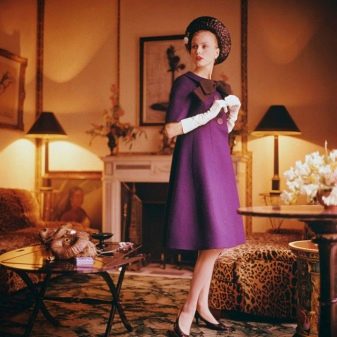
The second one unites things created in our time, but imitating old products in the chosen style, cut and decor.

clothing
Vintage clothing every decade from the 20s to 80s has its own characteristics.
- For the first decade This period is characterized by dresses and skirts of a simple style, knee-length, made of satin, silk or velvet. It is convenient to combine them with shawls and scarves.
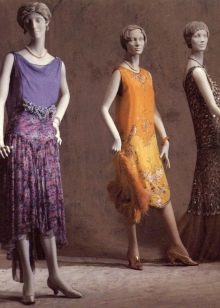
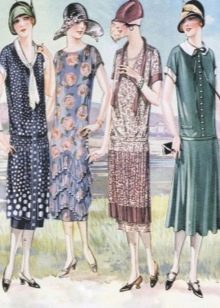
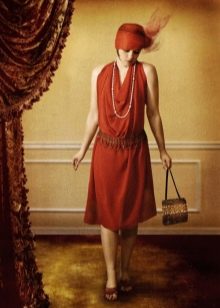
- In the 30s, glamor came into fashion. Vintage pieces from that era accentuate the curves of the female figure, with a special emphasis on the waist and neckline. Exit dresses made of expensive fabrics must be adorned with furs.
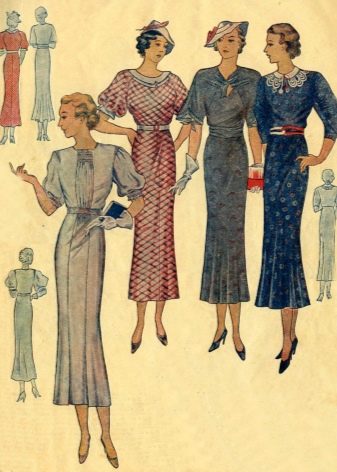
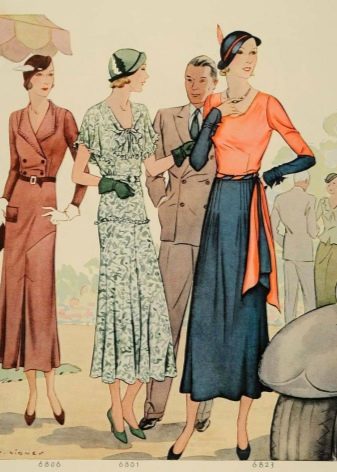
- In the 40s, women chose practical and comfortable clothes in dark shades, somewhat reminiscent of military uniforms. Comfort comes to the fore, not beauty, and therefore the models are deprived of a complex cut and decor. For example, it can be jackets and dresses with shoulders and an accentuated waist, as well as flared dresses to the mid-calf.
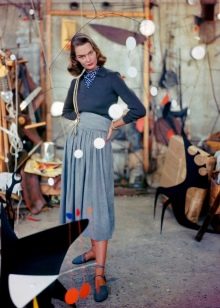
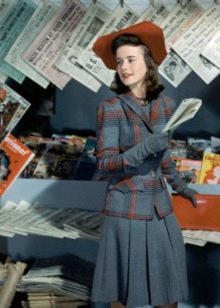
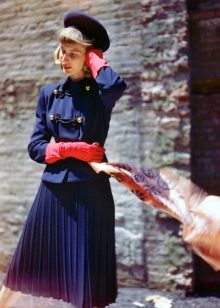
- 50s clothes are very feminine. Most often these were either fluffy skirts with a tight top, or a wide-shouldered jacket with a narrow pencil skirt.
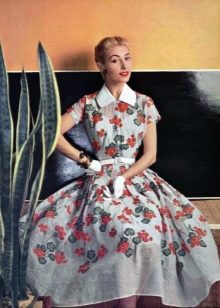

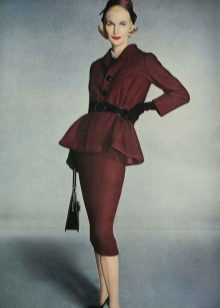
- The next decade was marked by the appearance of a controversial miniskirt that showed off the legs above the knee. In her company, women of fashion began to purchase platform sandals, ankle boots with wide tops and, of course, stiletto boots.
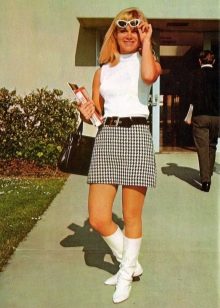
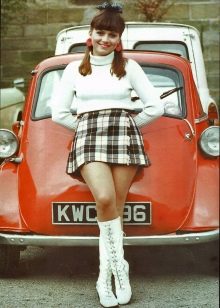
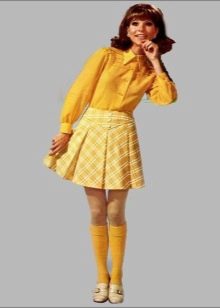
- Choosing a 70s style wardrobe, flared trousers cannot be ignored, plaid shirts, lace pullovers, jumpers with ethnic patterns - that is, the paraphernalia of the hippie style.
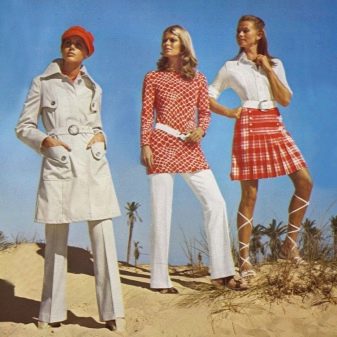

- Outfits from the 80s – a tribute to the classics: an even cut, calm shades, laconic images. However, severity is often diluted with a top or a lingerie-style blouse. On the other hand, leisure wear of this decade was chosen in a sports style.
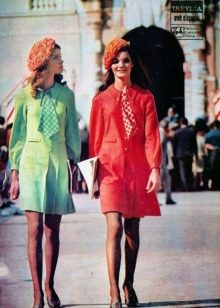
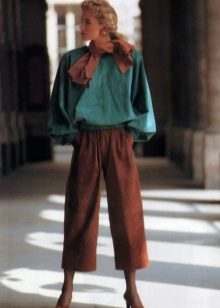

When creating a vintage look that is not tied to specific dates, there are several rules to follow. Dresses should not rise above the knee. In addition, it is better to choose specimens with bright large peas, contrasting stripes or floral patterns. To "transfer" to the 70s, you will definitely need jeans with a high waist, flared from the hip or knee.
A vintage evening look should be crafted from an expensive, sophisticated fabric, adorned with lots of decor and lace.


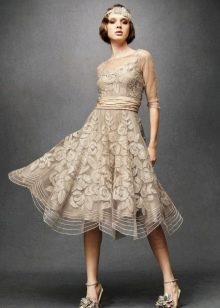
I must say that men's vintage style is created much easier than women's, since men's fashion did not change so much in the 20th century. For example, in the 1920s these were typical "gangster" looks with three-piece suits and Borsalino hats, and a decade later – all the same suits, but with wide legs and jacket shoulders. In wartime, preference was given to simple and practical things, while in the 50s straight-cut jackets, tight ties and pipe trousers came into fashion. In the 60s, men began to wear loose single-breasted jackets, and in the 70s they also plunged headlong into hippie style, preferring flared jeans.
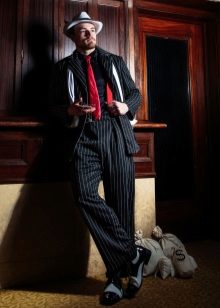
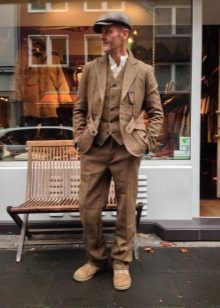
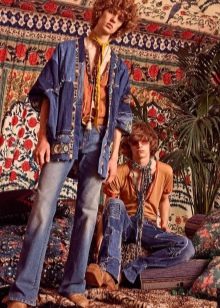
Shoes
In the wardrobe of a lover of the 20-50s of the XX century, there are always antique shoes on a small, and therefore stable heel, with a rounded nose. Men often have a pair of rare oxfords or loafers. To create an image in the style of the 50s, stiletto heels are selected, and for the next period, models with stable heels are already involved. In the 70s, stable shoes with high wedges will prove to be necessary.
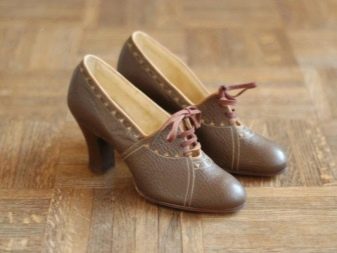
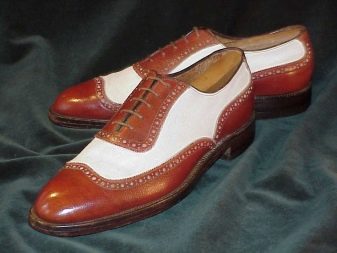
Jewelry and accessories
When creating a complete image, you can't do without accessories. A small hat with a veil, glasses in an unusual frame, cropped gloves made of thin leather - all of them are symbols of a particular era. You can't do without a number of bags: a backpack - a transformed duffel bag from the 1970s, a pre-war reticule with embroidery, a briefcase that contains a shoe cleaning kit, and, of course, a Chanel handbag. Of the jewelry, most often used are retro jewelry and large necklaces, rings and earrings made of precious stones. The 70s are an exception - the hippie style allows you to independently weave baubles, decorate your hair with a "pigtail" of braid and fix a leather strap around your neck.
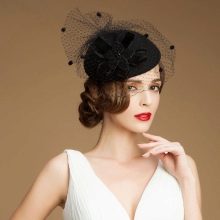
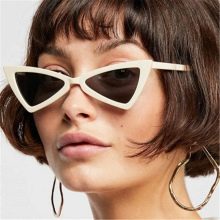
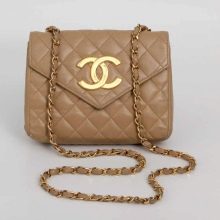
Hairstyles
Vintage hairstyles are also selected depending on the chosen decade. For example, neat short haircuts decorated with headbands are characteristic of women's images of the beginning of the last century. In the 30s, girls preferred to do Hollywood curls for themselves, and a decade later, pin-up hairstyles. The 60s cannot be imagined without voluminous styling, and the 70s - without loose hair with ethnic jewelry.
In the 80s, most girls preferred to curl their curls or do long-term styling.
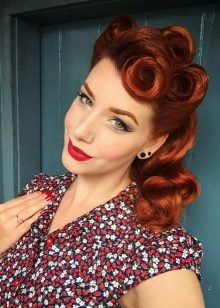


Vintage and interior
A vintage style interior means a space filled with antique elements or modern antique pieces. Thus, when decorating a room, the choice is made between completely copying the furnishings of the past and combining old and modern elements.
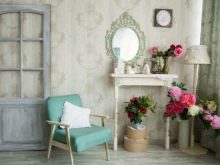
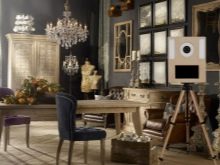
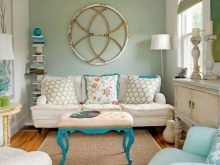
Furniture
Vintage furniture includes items not older than 100-150 years, but not younger than 30. The smaller the production batch, the higher the value of such items. However, even mass-produced furniture can be suitable for a vintage-style apartment if it shows the hallmarks of the era. Antique walls are usually painted with pastel shades or pasted over with paper wallpaper. Several small cracks are allowed on the ceiling. You will definitely have to abandon the installation of massive stone countertops, built-in lamps and linoleum.

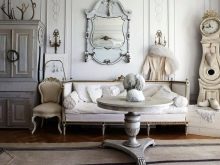
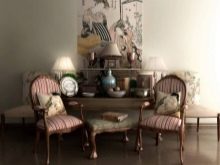
An antique bulky four-poster bed or a simpler model with a carved back will look appropriate in the bedroom. In addition to it, it is worth installing a chest of drawers: just wooden or white with scuffs. The necessary atmosphere will appear thanks to the presence of a dressing table with a mirror in an original frame. In the living room, it is better to stick to one era rather than mix several. A rare sofa or sofa can become an accent of the room. In the same room, armchairs with floral prints, a simple coffee table and a closed shelving can take their place.
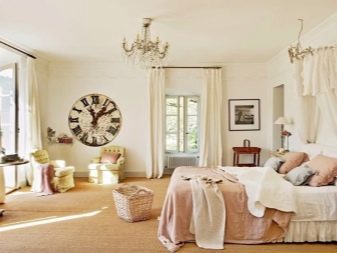

In the kitchen in a vintage style, a wooden set with carvings, a shabby table and an antique refrigerator, for example, from the Smeg brand, look good. In the hallway, metal with forged elements are selected for storing things. You can also install a chest instead of one of the cabinets. In the children's room, it is better not to overdo it with details, because you can emphasize the vintage style by simply gluing floral wallpaper and choosing beds with carved headboards.


Decor
A shabby storage chest will look perfect in front of your bed. The boudoir windows should be decorated with velvet curtains, and a crystal chandelier should be fixed under the ceiling. From miniature details, it makes sense to place vases, caskets, old books and small figurines. On the walls, of course, there should be paintings with pastoral subjects. When decorating a living room, you can put a small carpet on the floor, and hang photographs of ancestors on the walls.By the way, it is in this room that a Christmas tree is installed on holidays, decorated with old New Year's balls and toys.
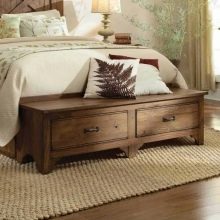
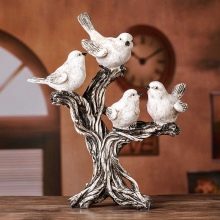

The main décor of the kitchen is undoubtedly dishes and utensils, jars and figurines that have come straight from the last century.
Of course, you cannot do without modern technology, but it is better to hide it behind cabinet doors.
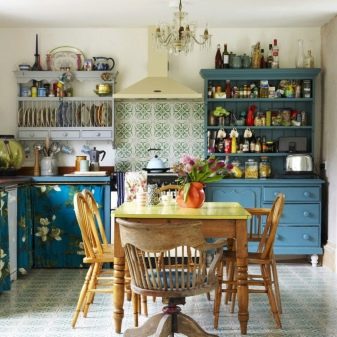
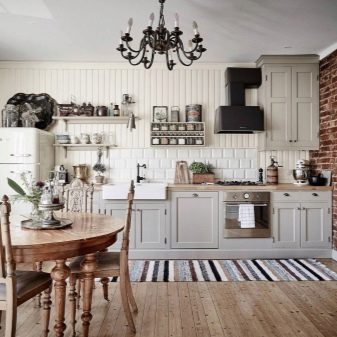
Style in needlework
Vintage in scrapbooking is considered almost a classic style, without which it is impossible to imagine this type of creativity. As you might guess, its peculiarity is the artificial creation of antiquity. Vintage scrap materials are typically dark brown, beige and black and white. It is very important that they turn out not bright, but, on the contrary, muted, like a reminder of a bygone era. When creating crafts, scuffs, beautiful cracks and peeled edges are actively used, and sheets of paper along with photographs are pre-aged with tea, coffee, sandpaper or ink. In a similar way, scrapbooking is used to design photo albums, personal diaries, postcards and gift books.



You can also make a vintage product with your own hands in decoupage. For example, decoupage napkins in the style of Provence or Khokhloma will help to arrange jars for bulk products, caskets and key holders. Decoupage can be used to restore old suitcases and even a French manicure. In fact, other areas of handicraft also do not ignore the "nostalgic" style. Antique bouquets are often created from polymer clay, and vintage fabric flowers are used for interior decoration. Finally, we must not forget about textiles: needlewomen from all over the world continue the traditions of their ancestors year after year, creating "antique" pillows and pillowcases, bedspreads and rugs, as well as tablecloths and curtains.
